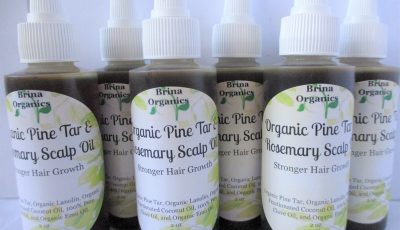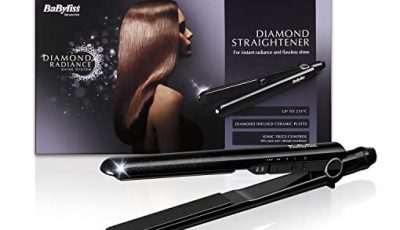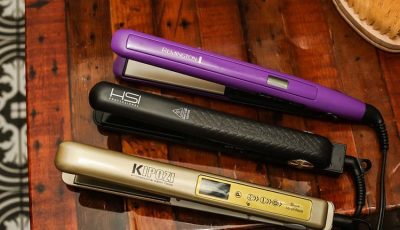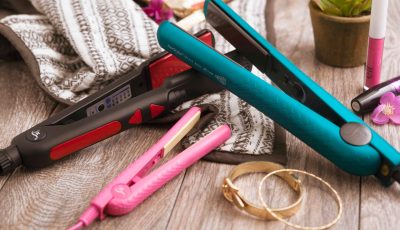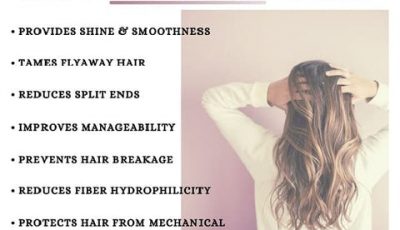In this article, you will learn how to effectively use a hair straightener on fine hair. We will explore techniques and tips that will help you achieve sleek and smooth results without damaging your delicate strands. From prepping your hair to selecting the right heat setting, we’ll cover everything you need to know to achieve salon-worthy straight hair. So, grab your hair straightener and get ready to transform your fine locks effortlessly.
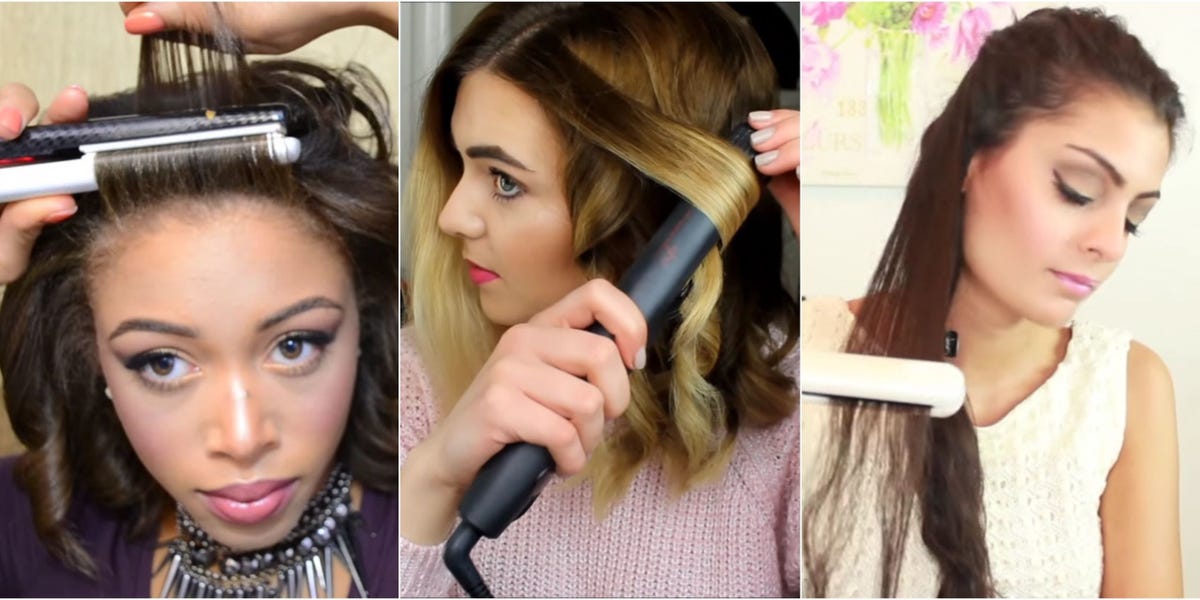
Choosing the Right Hair Straightener
Consider the Plate Material
When it comes to choosing a hair straightener for your fine hair, the plate material plays a crucial role. Ceramic or titanium plates are your best bet as they provide even heat distribution and help minimize heat damage. These materials also allow for a smooth glide through your hair, reducing the risk of snagging or pulling.
Opt for a Smaller Plate Size
For fine hair, it’s recommended to opt for a hair straightener with smaller plates. Smaller plates provide better control and precision, allowing you to straighten smaller sections of hair at a time. This is particularly important for fine hair as it is more delicate and prone to breakage.
Look for Temperature Control Features
Temperature control is another key feature to consider when choosing a hair straightener for fine hair. Fine hair requires a lower heat setting to avoid excessive damage. Look for a hair straightener that offers adjustable heat settings, preferably with a low temperature option to ensure gentle and effective straightening.
Preparing Your Hair
Wash and Condition Your Hair
Before using a hair straightener, it’s essential to start with clean and conditioned hair. Use a gentle shampoo and a moisturizing conditioner to cleanse and hydrate your fine hair. This will ensure that your hair is in the best possible condition before subjecting it to heat styling.
Apply Heat Protectant Spray
Before using any heat styling tools, it’s crucial to protect your hair from heat damage. Apply a heat protectant spray evenly throughout your hair, focusing on the ends and any areas that are more prone to damage. This will create a barrier between your hair and the hot plates of the straightener, minimizing the risk of heat-induced breakage.
Detangle Your Hair
Fine hair is more prone to tangling, so it’s important to detangle your hair before using a hair straightener. Use a wide-tooth comb or a detangling brush to gently remove any knots or tangles. Start at the ends and work your way up to the roots, being careful not to tug or pull on your hair.
Drying Your Hair
Towel Dry Your Hair
Once you’ve washed and conditioned your hair, gently towel dry it to remove excess moisture. Avoid rubbing your hair vigorously with the towel as this can cause frizz and breakage. Instead, gently squeeze and pat your hair to absorb the water.
Use a Heat-Protective Brush
Before using a hair straightener, it’s essential to use a heat-protective brush to further minimize heat damage. A heat-protective brush is designed to withstand high temperatures and distribute heat evenly, reducing the risk of overheating your hair. Brush your hair gently, starting from the roots to the ends, to detangle and smooth it out.
Use a Blow Dryer on Low Heat
If your hair is still damp after towel drying, you can use a blow dryer on a low heat setting to further dry your hair. Keep the dryer at least six inches away from your hair to avoid excessive heat exposure. Use your fingers or a heat-protective brush to style your hair as you dry it, ensuring that it is straight and smooth.
Setting Up the Hair Straightener
Plug in the Hair Straightener
Before starting to straighten your hair, plug in the hair straightener and make sure it is securely connected to a power source. Give it a few minutes to heat up to the desired temperature.
Adjust the Temperature
Once the hair straightener is heated, adjust the temperature to the appropriate setting for your fine hair. As a general rule, start with a lower temperature and gradually increase if necessary. It’s important not to go overboard with the heat, as high temperatures can cause damage and breakage to fine hair.
Allow the Straightener to Heat Up
Before using the hair straightener, allow it to heat up fully. Most straighteners have an indicator light that will tell you when it’s ready to use. It’s crucial to wait until the straightener reaches the desired temperature to ensure effective and safe straightening.

Sectioning Your Hair
Divide Your Hair into Sections
To ensure that you straighten every strand of your hair evenly, divide your hair into sections. Use hair clips or hair ties to separate your hair into manageable sections. Start by creating two horizontal sections, one on top and one at the bottom, and secure them with hair clips.
Clip Up the Rest of Your Hair
After creating the top and bottom sections, clip up the remaining hair to keep it out of the way. This will make the straightening process easier and prevent any hair from getting tangled or burnt.
Start with the Bottom Layers
Once your hair is sectioned, start straightening from the bottom layers. Unclip the bottom section and let the rest of your hair fall naturally. Starting from the back, take a small section of hair, approximately one to two inches wide, and leave the rest of the hair in the clip.
Straightening Your Hair
Take a Small Section of Hair
When it comes to fine hair, it’s crucial to work with small sections to ensure even heat distribution and avoid excessive damage. Take a small section of hair from the loose section and leave the remaining hair clipped up.
Clamp the Hair between the Plates
Hold the hair straightener with one hand and clamp the small section of hair between the plates. Make sure the plates are positioned close to the roots of your hair but not directly touching your scalp.
Glide the Straightener Down
Slowly glide the straightener down the section of hair, applying gentle pressure. Follow the movement with your other hand to guide the hair in a smooth and controlled motion. Repeat this process until the hair section is straight and smooth.

Repeat the Process
Release Another Section of Hair
Once you have straightened the first section of hair, release another section from the clip and continue the straightening process. Remember to work with small sections and take your time to ensure thorough straightening.
Continue Straightening All Sections
Repeat the previous steps for each section of hair, working your way up from the bottom layers to the top. Make sure to straighten each section carefully and evenly to achieve a sleek and polished result.
Check for Any Missed Areas
After straightening all sections of hair, take a moment to check for any missed areas or sections that may need a touch-up. Use the straightener to correct any unevenness or waves, paying close attention to the roots and ends.
Finishing Touches
Apply a Small Amount of Serum
To add extra shine and smoothness to your straightened hair, apply a small amount of hair serum. Rub the serum between your palms and lightly run your hands through your hair, focusing on the ends. This will help tame any frizz or flyaways and give your hair a polished finish.
Smooth Out any Flyaways
If you notice any pesky flyaways or stray hairs, use a fine-tooth comb or a toothbrush sprayed with hairspray to gently smooth them down. This will help create a neat and polished look.
Set Your Hair with Hair Spray
To ensure that your straightened hair stays in place throughout the day, finish off with a light mist of hairspray. Hold the hairspray about six inches away from your hair and spray evenly. Avoid using too much hairspray, as this can weigh down your fine hair and make it appear greasy.

Post-Straightening Care
Allow Your Hair to Cool Down
After straightening your hair, it’s important to allow it to cool down before touching or styling it further. This will give your hair time to set in the straightened position and minimize the risk of it reverting to its natural state.
Avoid Touching or Brushing Immediately
Avoid touching or brushing your straightened hair immediately after straightening. Your hair is more susceptible to damage when it is hot and flexible, so it’s best to let it cool down first. Touching or brushing it prematurely can cause frizz and disrupt the straightened style.
Moisturize Your Hair Regularly
To keep your fine hair healthy and prevent damage from heat styling, it’s essential to moisturize regularly. Use a lightweight, moisturizing conditioner after every wash to nourish and hydrate your hair. Additionally, consider using a deep conditioning treatment once a week to provide your hair with extra moisture and repair.
Conclusion
Using a hair straightener on fine hair can give you sleek and straight locks, but it’s important to do it properly to avoid damage. By choosing the right hair straightener, preparing your hair, sectioning it properly, and following the correct technique, you can achieve a straight and sleek look without risking harm to your fine hair. Remember to take care of your hair before and after the straightening process to keep it healthy and moisturized. With the right approach, you can experiment with different hairstyles and enjoy the versatility of your fine hair.

